The Cultural Legacy Behind Japanese Skincare Steps
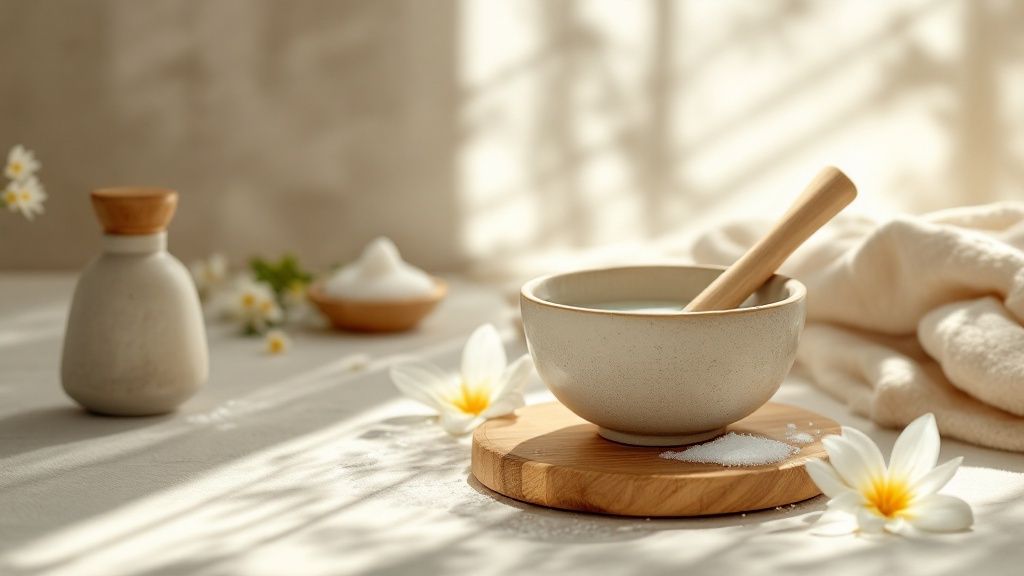
The meticulous nature of Japanese skincare isn't just a passing fad; it's deeply ingrained in a cultural appreciation for beauty and well-being. Skincare is viewed as a form of self-care and respect, closely tied to the Japanese concept of omotenashi, meaning wholehearted hospitality. Think of it as treating your skin with the same care and attention you'd give an honored guest. This mindset underscores the focus on gentle, consistent rituals passed down through generations.
For instance, the multi-step routine, a hallmark of Japanese skincare, isn't about applying a multitude of products. Rather, it's a mindful layering process. Each step, from cleansing to moisturizing, builds upon the last, maximizing absorption and effectiveness. This philosophy of prevention, rather than addressing existing issues, has been a core principle of Japanese skincare for centuries. This proactive approach distinguishes Japanese skincare from many Western routines that often react to existing skin problems.
Japanese skincare boasts a rich history that rapidly evolved during the Meiji period (1868-1912). This era marked a time of significant modernization in Japan, impacting beauty practices. Empress Meiji’s decision in 1873 to discontinue the traditional practice of teeth blackening signaled a shift towards different beauty standards. By 1904, lead-free face powders emerged, highlighting a growing focus on safety and product innovation. Brands like Shiseido, established in 1872, played a pivotal role in this transformation, introducing Western-inspired skincare and makeup to the Japanese market. Learn more about the history of Japanese beauty here.
The Evolution of J-Beauty
Historically, elaborate skincare rituals were practiced within the imperial court and by geishas, who developed sophisticated techniques to maintain their flawless complexions. These practices eventually became more widespread, integrating into the daily lives of the general population. Interested in learning more? Check out this article on mastering Japanese skincare. The rise of scientific advancements in dermatology during the 20th century further enhanced traditional practices. This fusion of ancient wisdom and modern science has propelled Japanese skincare onto the global stage.
This rich cultural legacy has shaped the Japanese skincare steps we recognize today. These practices emphasize gentle yet effective routines designed for long-term skin health and a radiant complexion. The focus is on nurturing the skin's inherent ability to regenerate and protect itself, resulting in a timeless beauty that transcends fleeting trends.
Mastering the Core Japanese Skincare Steps
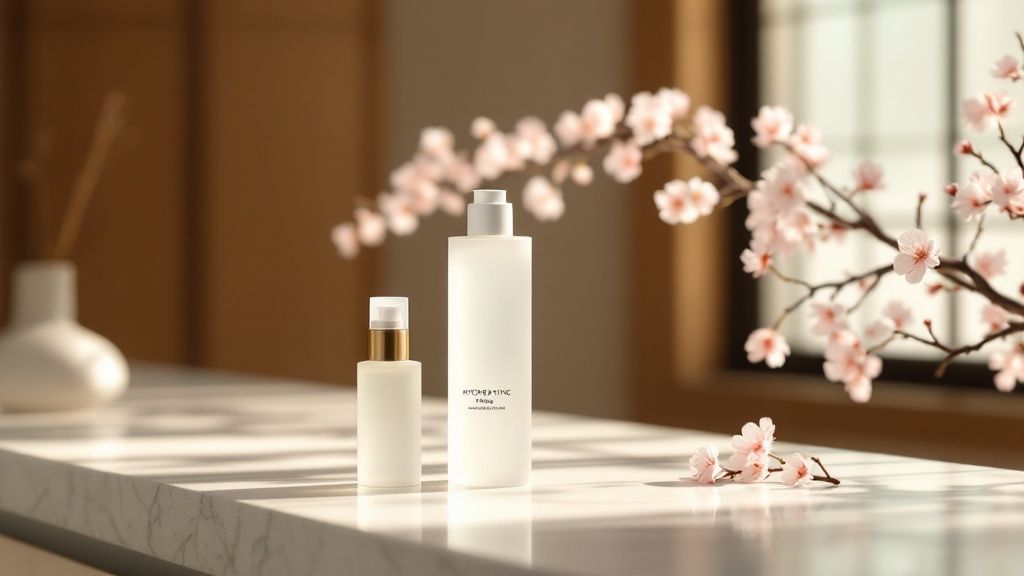
This section explores the practical application of the Japanese skincare steps, moving beyond simply choosing products to understanding the reasoning behind the order and techniques. It's not just about what you use, but how you use it. The sequence is carefully designed to maximize product absorption and effectiveness, a core principle in Japanese skincare.
The Significance of Layering
Imagine building a house. You wouldn't start with the roof. In the same way, each step in a Japanese routine prepares the skin for the next, building a strong foundation for the best results. This layering approach allows each product to penetrate deeply and work together, maximizing their benefits.
Double Cleansing: The Cornerstone of J-Beauty
The routine typically begins with double cleansing, a vital first step. This involves using an oil-based cleanser, followed by a water-based cleanser. The oil cleanser removes oil-based impurities like makeup and sunscreen. The water-based cleanser then washes away sweat and dirt. This two-step process creates a perfectly clean base, ready for the next products.
Hydration is Key: Layering Lotions, Essences, and Serums
After cleansing, hydration becomes the focus. Japanese skincare emphasizes layering hydrating products like lotions (similar to toners), essences, and serums. These lightweight formulas deliver a concentrated dose of active ingredients, preparing the skin for richer moisturizers.
The Patting Method: Enhancing Product Penetration
The application technique is also important. Instead of rubbing, the patting method is common practice. This gentle tapping motion is thought to improve circulation and enhance product penetration. Some experts believe it can increase absorption by up to 60%, boosting the effectiveness of your products.
Moisturizing and Sun Protection: The Final Touches
Moisturizer is applied to seal in all the beneficial ingredients, creating a protective barrier. The final, and arguably most important step, is sun protection. Japanese skincare routines prioritize daily sunscreen, no matter the weather, to prevent premature aging and shield against harmful UV rays. This dedication to sun protection is vital for youthful, healthy skin.
To further illustrate the steps involved, the following table provides a breakdown of a complete Japanese skincare routine:
Complete Japanese Skincare Routine Steps: A detailed breakdown of the traditional multi-step Japanese skincare routine with explanation of each step's purpose
| Step | Japanese Term | Purpose | Key Ingredients | Application Method |
|---|---|---|---|---|
| 1. Oil Cleanser | オイルクレンジング (Oiru Kurengingu) | Removes oil-based makeup, sunscreen, and sebum | Mineral oil, plant oils (e.g., jojoba, olive) | Massage gently onto dry skin, then rinse with water. |
| 2. Water-Based Cleanser | 洗顔料 (Senganryō) | Removes water-based impurities like sweat and dirt | Amino acids, hyaluronic acid | Lather with water and massage onto wet skin, then rinse thoroughly. |
| 3. Lotion | 化粧水 (Kesho-sui) | Hydrates and balances skin's pH | Hyaluronic acid, glycerin, botanical extracts | Gently pat onto the skin with fingertips. |
| 4. Essence | 美容液 (Biyoueki) | Delivers concentrated active ingredients for specific skin concerns | Vitamins, ceramides, peptides | Gently pat onto the skin with fingertips. |
| 5. Serum | セラム (Seramu) | Targets specific skin concerns like wrinkles or dark spots | Retinol, vitamin C, hyaluronic acid | Gently pat onto the skin with fingertips. |
| 6. Moisturizer | 乳液 (Nyūeki) or クリーム (Kurīmu) | Hydrates and seals in moisture | Ceramides, hyaluronic acid, shea butter | Gently massage into the skin. |
| 7. Sunscreen | 日焼け止め (Hiyakedome) | Protects against UV damage | Zinc oxide, titanium dioxide | Apply evenly to all exposed skin. |
This table provides a clear overview of the steps, their purpose, and common ingredients, empowering you to build a tailored routine.
Less is More, But Steps Matter
While Japanese skincare has multiple steps, the principle of "less is more" still applies to the amount of product. Small amounts of each product, applied carefully, ensure optimal absorption without overloading the skin. However, don't skip steps. Each one plays an important role in the overall effectiveness of the routine. Mastering these Japanese skincare steps isn’t simply about achieving beautiful skin; it's about a mindful self-care ritual and respecting your skin's needs. This dedicated approach is why Buy Me Japan focuses on offering a wide selection of high-quality Japanese skincare products to help you build your ideal routine.
Powerhouse Ingredients Driving Japanese Skincare Success
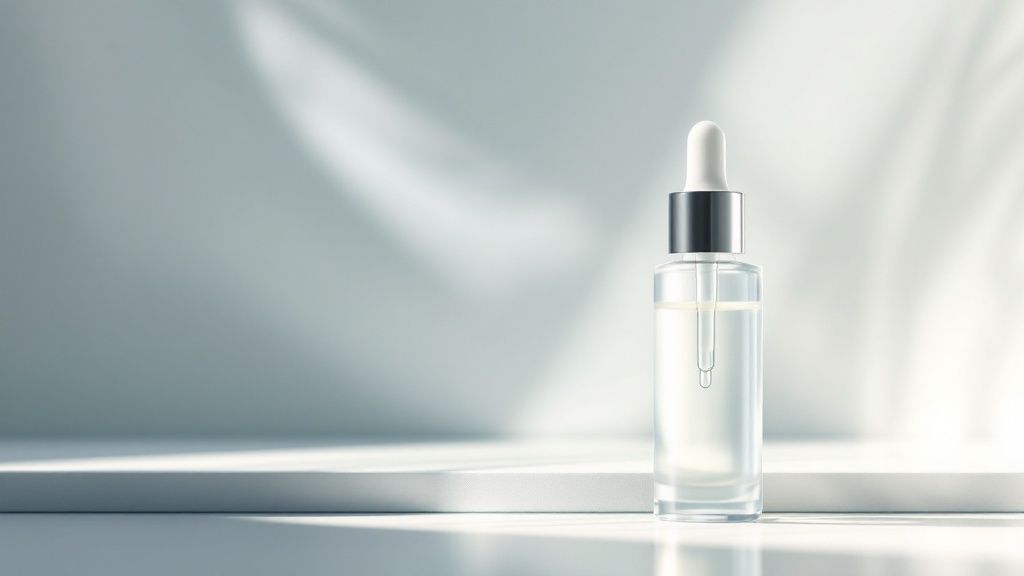
What distinguishes Japanese skincare? The potent and unique ingredients form the core of these effective formulas. From ancient traditions to modern scientific advancements, Japanese skincare harnesses the power of nature and science for noticeable results. Let's explore the key ingredients that make Japanese skincare steps so effective.
Traditional Powerhouses: Time-Tested and True
Ingredients like rice bran (komenuka) and green tea extract have been Japanese beauty staples for centuries. Rice bran, packed with antioxidants and vitamins, gently exfoliates, brightens, and softens skin. Green tea, renowned for its anti-inflammatory properties, soothes irritation and protects against environmental stressors. These time-tested ingredients demonstrate the enduring wisdom of Japanese beauty rituals.
For generations, Japanese women have used rice bran to achieve a bright, porcelain-like complexion. Similarly, green tea, a cornerstone of Japanese culture, is now globally recognized for its potent antioxidant benefits.
Modern Marvels: Innovation in Skincare
Japanese skincare doesn't solely rely on tradition; it embraces innovation. Fermented botanical complexes and specialized hyaluronic acid molecules are at the forefront of Japanese skincare technology. Fermented ingredients boost the bioavailability of nutrients, making them readily absorbed by the skin. Specialized hyaluronic acid molecules penetrate deeper, providing intense hydration and a plumping effect.
Japanese skincare formulators continually seek new ways to enhance product efficacy. Perhaps you're interested in exploring various Japanese products to discover the perfect ingredients for your skin.
Synergy and Specificity: Targeting Individual Needs
Japanese skincare recognizes that varying skin types and concerns demand specific solutions. Ingredients like centella asiatica effectively calm sensitive skin and repair the moisture barrier. Kojic acid is valued for its ability to diminish hyperpigmentation and brighten the complexion.
The true power of Japanese skincare lies in the synergy of these ingredients. Instead of single-ingredient approaches, Japanese formulations combine complementary ingredients for comprehensive results. This holistic approach maximizes each ingredient's effectiveness, creating a powerful synergy that addresses multiple concerns concurrently. This explains why certain botanicals, less effective alone, thrive in carefully combined Japanese formulations. By understanding the specific benefits of each ingredient, you can select products ideally suited to your unique needs, promoting a healthier, more radiant complexion.
AM vs. PM: Optimizing Your 10 Japanese Skincare Steps
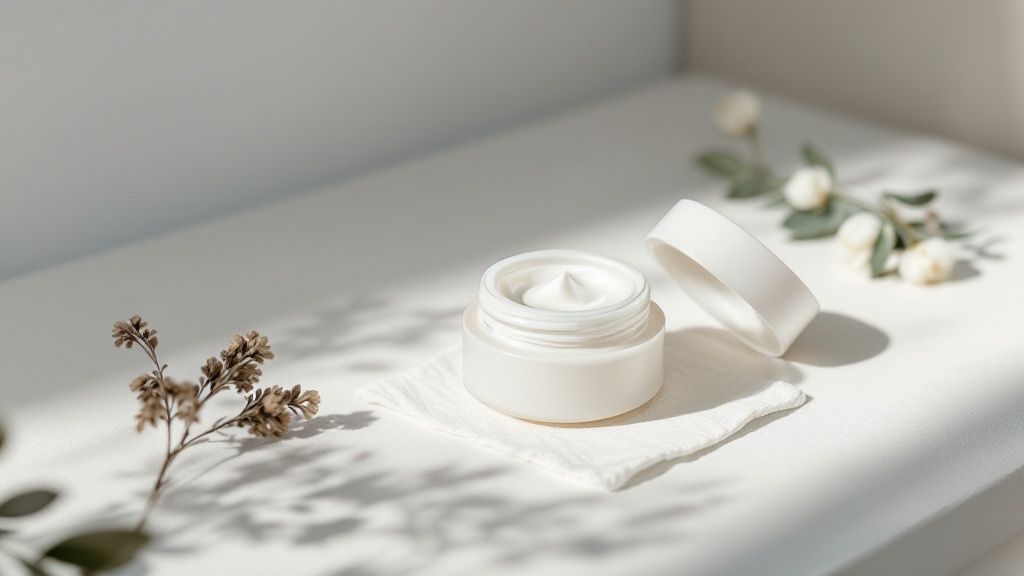
Just as our bodies operate differently throughout the day, so does our skin. Japanese skincare recognizes this vital difference between day and night needs, a principle based on chronobiology. This means adjusting your Japanese skincare steps for the best results. This section will explore how to boost your routine’s effectiveness by understanding the distinct roles of your AM and PM regimens.
Morning Routine: Protection and Preparation
Your morning routine is all about protection and preparation. During the day, our skin faces environmental stressors like UV rays and pollution. Your AM routine should prioritize shielding your skin from these elements. Think of it as fortifying your skin for the day ahead.
- Lightweight Hydration: Use a hydrating lotion and a light moisturizer to get your skin ready.
- Antioxidant Serum (Optional): Consider adding an antioxidant serum like Vitamin C to further protect against free radicals.
- Sunscreen: This is essential. Sunscreen is your main defense against UV damage, a primary cause of premature aging.
Evening Routine: Repair and Regeneration
At night, your skin switches to repair and regeneration mode. This is the optimal time for treatments and richer formulas that target specific skin concerns. Your PM routine works while you sleep, optimizing the effects of active ingredients.
- Double Cleansing: Remove makeup and impurities with an oil-based cleanser followed by a water-based cleanser. This establishes a clean base for your evening products.
- Treatment Products: Include serums or essences with ingredients like retinol or hyaluronic acid to tackle issues like wrinkles or dryness.
- Night Cream: Lock in everything with a night cream formulated to nourish and hydrate while you sleep.
To further illustrate the key differences between the morning and evening routines, let's take a look at the following comparison:
Morning vs. Evening Japanese Skincare Comparison: Side-by-side comparison of morning and evening Japanese skincare routines highlighting key differences in steps, products, and focus areas.
| Routine Element | Morning Approach | Evening Approach | Reasoning |
|---|---|---|---|
| Cleansing | Gentle cleanser | Double cleansing (oil-based then water-based) | Remove impurities and makeup buildup from the day in the evening, while a lighter cleanse suffices in the morning. |
| Hydration | Lightweight lotion/moisturizer | Hydrating serum/essence and richer night cream | Lighter hydration during the day to avoid makeup pilling; deeper hydration overnight to replenish moisture lost throughout the day. |
| Treatment | Antioxidant serum (optional) | Retinol, hyaluronic acid, etc. | Antioxidants protect skin from daytime damage; targeted treatments work more effectively overnight during skin regeneration. |
| Sun Protection | Sunscreen | None | Sunscreen is crucial during daylight hours to protect from UV rays; unnecessary at night. |
| Focus | Protection and preparation | Repair and regeneration | Daytime routine focuses on shielding skin; nighttime routine focuses on restoring and nourishing skin. |
As you can see, the morning routine emphasizes protection while the evening routine prioritizes repair and nourishment.
Why Timing Matters
The timing of certain ingredients can greatly impact how well they work. For example, retinol, a potent anti-aging ingredient, is best used at night because sunlight can make it less effective. Conversely, Vitamin C, known for its antioxidant and brightening effects, works well with sunscreen during the day. Studies suggest that correct timing can boost ingredient effectiveness by as much as 37%.
You might be interested in: How to master more Japanese skincare techniques.
Adapting to Your Lifestyle
While consistency is crucial, your Japanese skincare steps can be modified to fit your lifestyle and schedule. If you’re pressed for time in the morning, simplify your routine to the basics: cleanser, moisturizer, and sunscreen. In the evening, you can adjust the number of steps based on your skin’s needs and the time you have.
This commitment to both protecting and restoring your skin is what makes the Japanese approach so effective. By understanding your skin’s natural rhythms and tailoring your Japanese skincare steps for AM and PM, you can maximize your skin’s potential for a radiant, healthy complexion.
Customizing Japanese Skincare Steps For Your Skin Reality
The true power of Japanese skincare lies in its adaptability. While the core principles remain the same, your routine should be customized to your unique skin. This section explores how to tailor these steps for truly personalized results, addressing the root causes of skin issues, not just applying quick fixes.
Identifying Your Skin Type: Beyond Surface Symptoms
Figuring out your true skin type is crucial for an effective personalized routine. Many people misdiagnose their skin, leading to products that don't work. Careful observation is key. Don't just look at your skin; consider how it feels throughout the day.
- Oily Skin: Persistent shine and enlarged pores due to excess sebum production.
- Dry Skin: Often feels tight, flaky, and easily irritated because it lacks moisture.
- Combination Skin: A mix of oily and dry areas, usually an oily T-zone (forehead, nose, and chin) and dry cheeks.
- Sensitive Skin: Easily reddened, itchy, and reactive to certain ingredients.
- Mature Skin: Shows signs of aging like wrinkles, fine lines, and reduced elasticity.
Tailoring Your Routine: Modifications for Each Skin Type
Once you know your skin type, you can customize the Japanese skincare steps. This involves choosing the right products and adjusting techniques for your specific needs. For instance, oily skin benefits from lightweight, oil-free moisturizers, while dry skin needs richer, more emollient creams. Japan plays a significant role in the global skincare market. In 2012, the Japanese skincare market generated over $15 billion, showing high demand for effective products. Japanese women spend roughly 4.5 minutes per day on skincare, compared to 1.7 minutes for Western women. This dedication highlights the cultural importance of skincare in Japan. Learn more here.
Specific Adjustments for Different Skin Types
Here’s a breakdown of routine modifications:
- Oily Skin: Use oil-control cleansers, lightweight lotions, and oil-free moisturizers. Consider incorporating ingredients like salicylic acid for gentle exfoliation and sebum control.
- Dry Skin: Opt for hydrating cleansers, rich lotions and creams, and hydrating serums with hyaluronic acid or ceramides to boost moisture.
- Combination Skin: Balance oil control in the T-zone with hydration for the cheeks. Use different products for different areas, or find products addressing both concerns.
- Sensitive Skin: Choose fragrance-free and hypoallergenic products. Introduce new products slowly to avoid reactions. Look for calming ingredients like centella asiatica.
- Mature Skin: Include anti-aging ingredients like retinol or peptides to target wrinkles and firmness. Use rich moisturizers to combat dryness and improve elasticity.
Seasonal Shifts and Skin's Changing Needs
Your skin's needs change with the seasons. Your Japanese skincare routine should be flexible. You might need richer moisturizers in winter and lighter ones in summer. Pay attention to your skin. Adjust your routine as needed, maybe by changing how often you exfoliate, switching moisturizers, or adding a hydrating serum when it’s dry.
By customizing the Japanese skincare steps and recognizing seasonal changes, you can achieve and maintain healthy, radiant skin. Buy Me Japan offers a wide range of Japanese skincare products for all skin types and concerns, helping you build a truly personalized routine.
Japanese Skincare Steps Across All Genders
The world of skincare is constantly evolving, and Japanese skincare steps are leading the way. Once primarily associated with women, skincare in Japan, and globally, is now embraced by people of all genders. This reflects a growing understanding that healthy skin isn't gender-specific, but a universal goal for well-being. This section explores how Japanese skincare steps are becoming increasingly popular across the gender spectrum, adapting to individual needs while maintaining core principles.
Breaking Down Gender Barriers in Skincare
The meticulous and effective nature of Japanese skincare steps resonates with a diverse audience. Men, for instance, are increasingly recognizing the benefits, moving beyond simple cleansing and moisturizing to embrace multi-step regimens. Skincare in Japan isn't just for women anymore; it's gaining popularity among men too. A September 2023 survey revealed that approximately 36% of Japanese men follow a skincare routine, with younger men leading the trend. This signifies a broader shift towards skincare as daily self-care for everyone. Meanwhile, roughly half of the men surveyed lacked a regular beauty routine, indicating a growing potential within the men's skincare market. Find more detailed statistics here.
Adapting to Diverse Skin Needs
The core principles of Japanese skincare—cleansing, hydrating, and protecting—remain constant. However, product formulations and routines are adapting to meet individual needs. Biological skin differences, irrespective of gender, are now acknowledged. This allows products and routines to be personalized for different skin types, addressing concerns like oiliness, dryness, or sensitivity—none of which are exclusive to any one gender. For seasonal routines, articles like this one on Winter Body Care Routine Estee Lalonde can provide helpful guidance.
Beyond Binary: Inclusivity in Skincare
The movement towards gender-neutral skincare reflects broader societal shifts toward inclusivity. Non-binary individuals are finding their place within the skincare community, with brands and routines catering to a wider spectrum of skin needs and personal preferences. This inclusive approach emphasizes that everyone, regardless of gender identity, can benefit from the principles of Japanese skincare.
Empowerment Through Skincare
The growing popularity of Japanese skincare across all genders speaks to a larger focus on self-care and well-being. People from all walks of life—from business professionals to athletes—are incorporating Japanese skincare steps into their daily lives. They’re seeing improvements not only in their skin’s appearance but also in their confidence and self-esteem.
Clear skin can boost self-assurance, especially in professional environments. The ritual of these routines can also be a form of self-care, promoting relaxation and reducing stress. The benefits of Japanese skincare are more than just skin-deep; they contribute to overall well-being and a more positive self-image. The emphasis on gentle, consistent care cultivates self-respect and mindfulness, forging a strong connection between inner and outer beauty.
Discover a wide selection of Japanese skincare products at Buy Me Japan and create a personalized routine tailored to your unique needs, regardless of gender. Experience the positive effects of Japanese skincare and discover a path to healthier, more radiant skin.
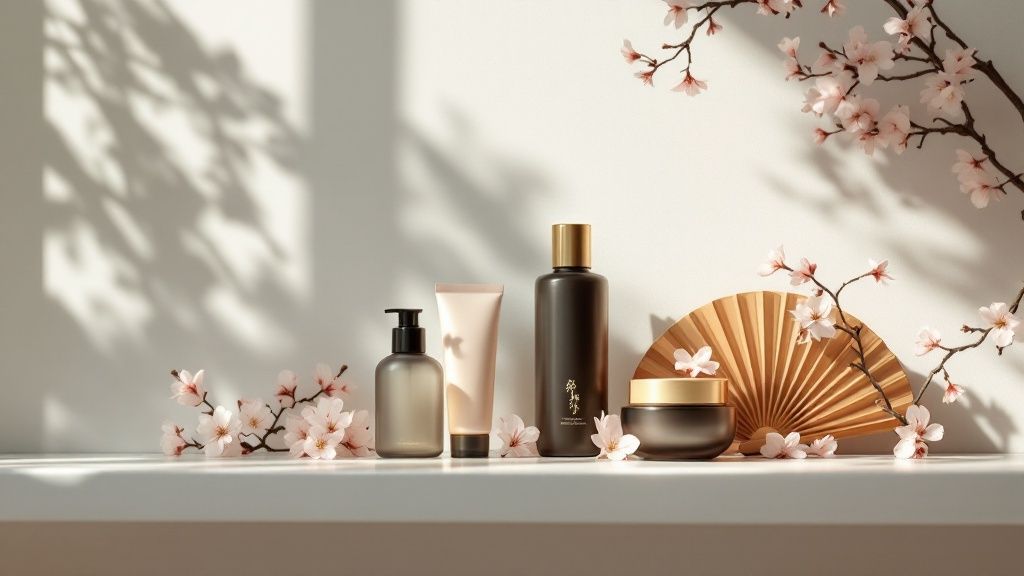
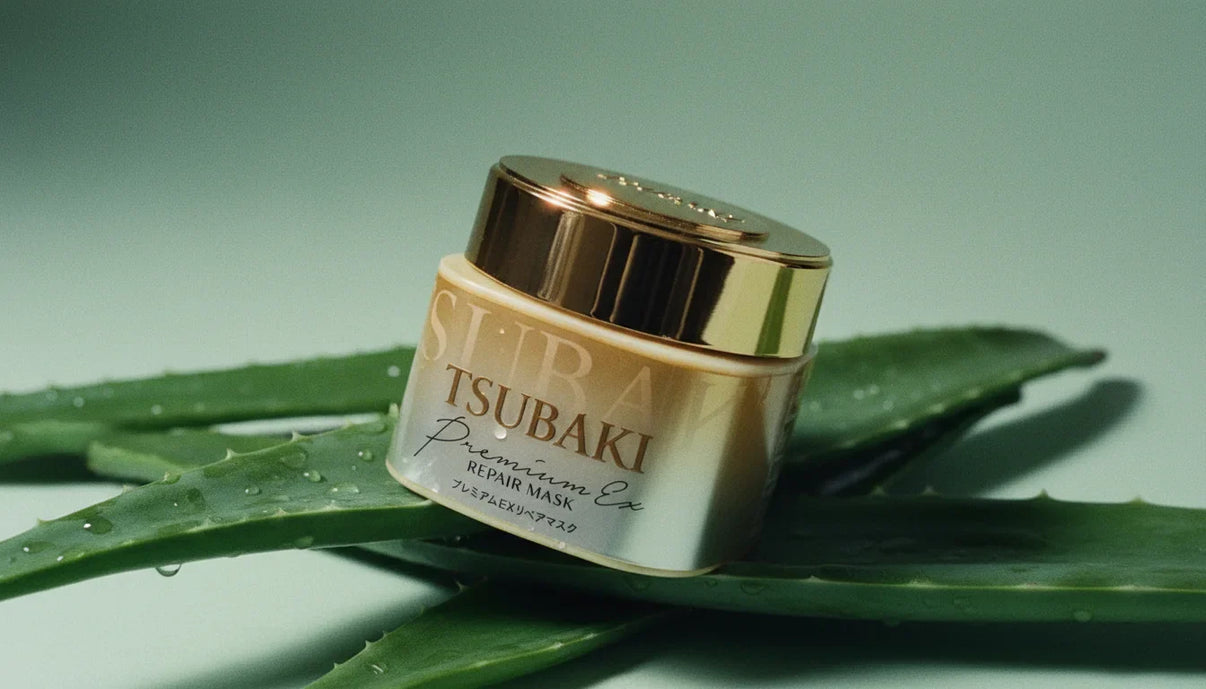

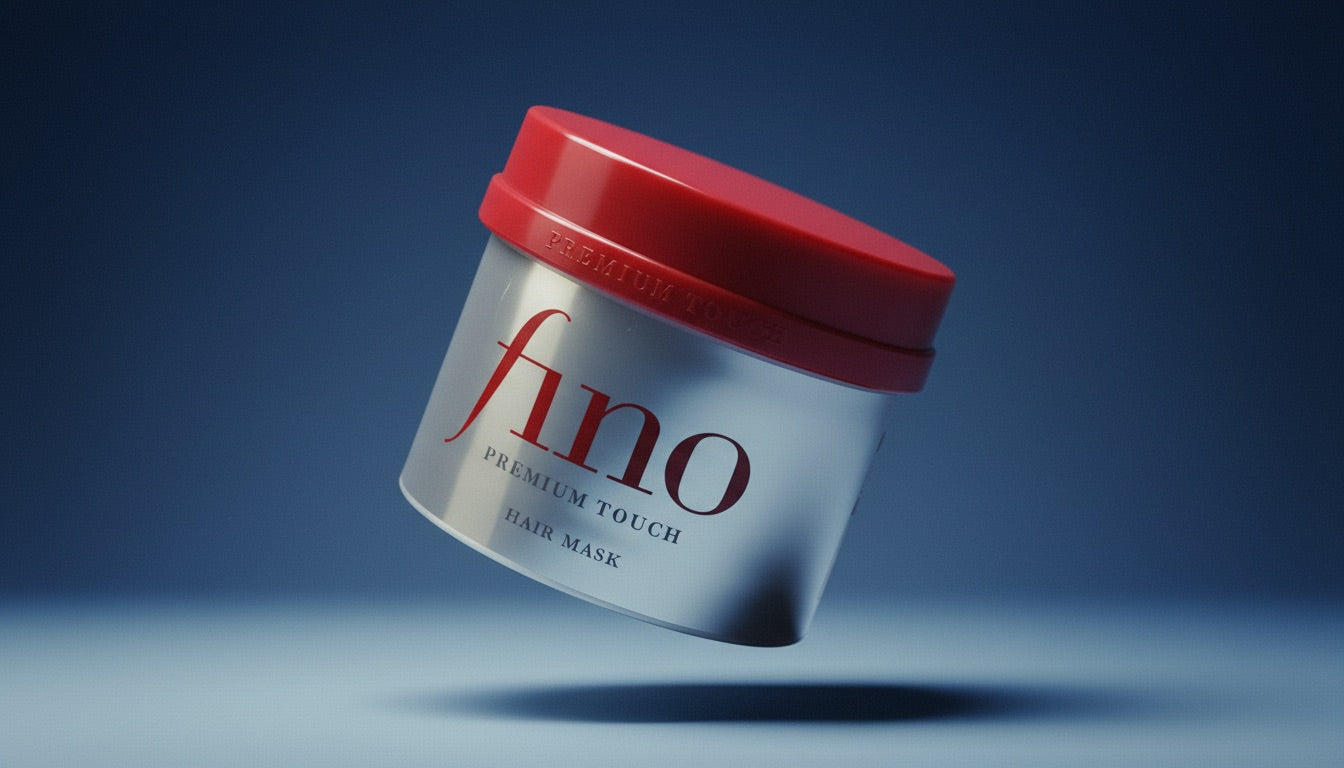
Share:
How to Double Cleanse: Reveal Clearer Skin Today
How to Use Face Mask Sheet: Expert Guide